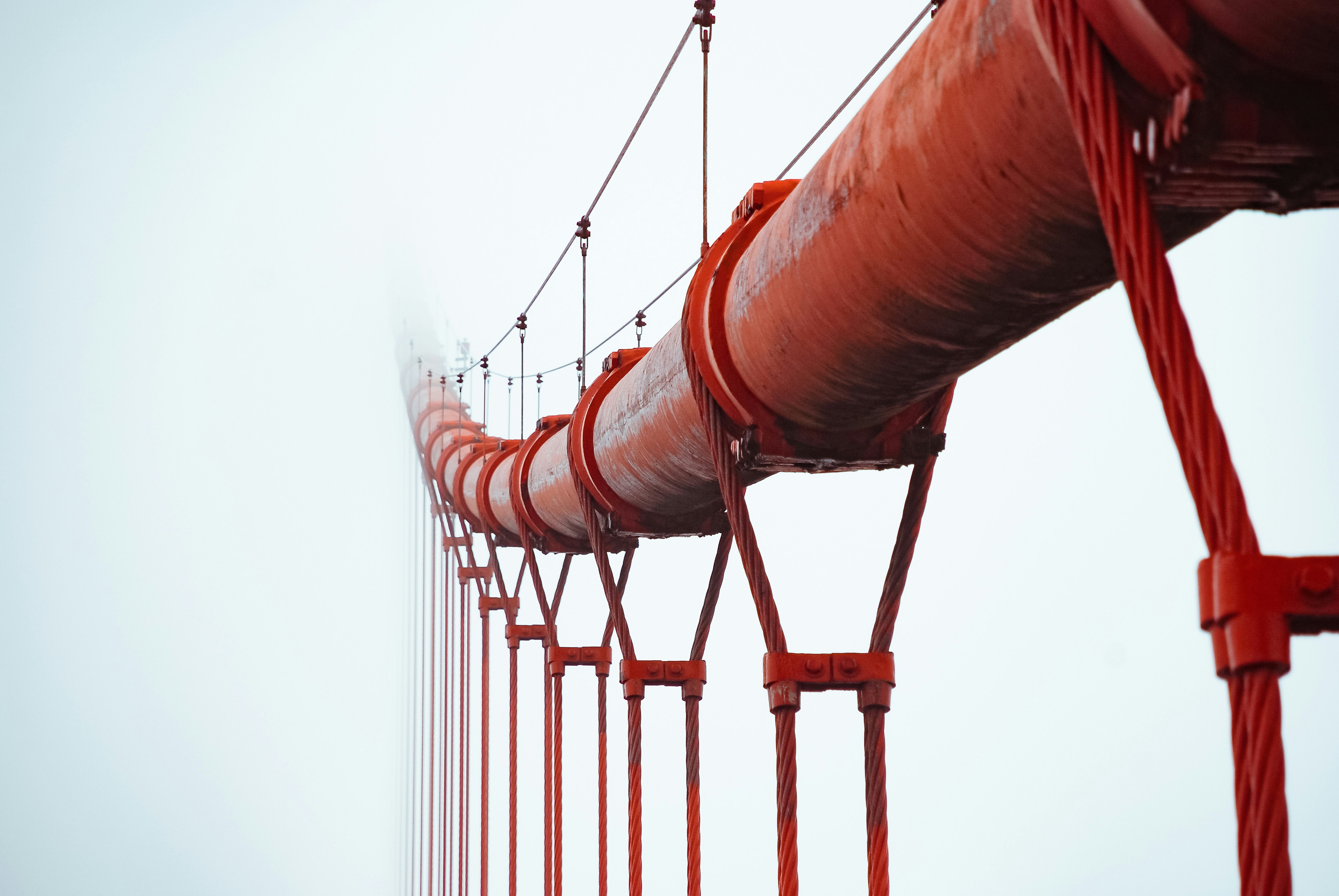Introduction
Technological evolution in the field of industrial coatings is constant, with new solutions aimed at improving heat resistance and preventing corrosion under insulation (CUI). Recently, an innovation has emerged as an alternative to traditional phenolic epoxy coatings: alkylamine phenolic epoxy coatings. These new materials offer significant advantages in production efficiency, quality, and anti-corrosion protection, making them ideal for various industrial applications.
Comparison with Traditional Phenolic Epoxy Coatings
Traditional phenolic epoxy coatings have been the predominant choice for preventing CUI and enhancing heat resistance. They are composed of resins such as bisphenol A, bisphenol F, and novolac, which form a highly cross-linked structure during curing. However, alkylamine phenolic epoxies present several key improvements:
Key Advantages of Alkylamine Phenolic Epoxies
1. Higher Production Efficiency
Alkylamine phenolic epoxies have a faster curing time, reducing waiting periods and enabling more efficient production. They dry to the touch more quickly and reach full hardness faster, facilitating recoating and accelerating industrial processes.
2. Application at Low Temperatures
A key limitation of traditional phenolic epoxy coatings is their restricted application at temperatures above 10°C (50°F). In contrast, alkylamine phenolic epoxies can be applied even at sub-zero temperatures, allowing their use in cold climates and minimizing project delays.
3. Greater Film Thickness Tolerance
These coatings allow for greater variability in dry film thickness without the risk of cracking, reducing the dependence on applicator precision and improving overall coating quality.
4. Improved CUI Protection
Alkylamine phenolic epoxies offer superior corrosion under insulation resistance, extending the lifespan of metal structures and reducing maintenance costs.
Success Stories and Industrial Applications
These coatings have been implemented in sectors such as:
Petrochemical industry: Protection of pipelines exposed to high temperatures and corrosive environments.
Power plants: CUI prevention in boilers and steam systems.
Maritime infrastructure: Coating of metal structures in ports and offshore platforms.
Environmental Impact and Sustainability
These coatings have been implemented in sectors such as:
Lower emissions of volatile organic compounds (VOCs) compared to other coatings.
Increased durability, reducing maintenance frequency and additional material use.
Lower solvent content formulations, contributing to environmental impact reduction.
Costs and Profitability
While initial costs may be slightly higher, long-term benefits include:
Reduced application times, lowering labor costs.
Less maintenance required, saving on materials and repairs.
Greater durability, extending the lifespan of protected infrastructure.
Future Trends and Innovations
Research in epoxy coatings continues to advance with:
New formulations incorporating nanotechnology for greater chemical and thermal resistance.
More efficient application systems, such as powder coatings and rapid-curing technologies.
Eco-friendly materials, reducing the environmental impact of the coatings industry.
Conclusion
Alkylamine phenolic epoxy coatings represent a significant advancement in corrosion protection and heat resistance, offering benefits in production efficiency, low-temperature application, higher quality, and sustainability. Their adoption promises to enhance the durability and performance of metal structures across various industrial sectors, establishing them as a superior alternative to traditional phenolic epoxies.
Copyright ©️ 2024, COSMOS Coatings.

